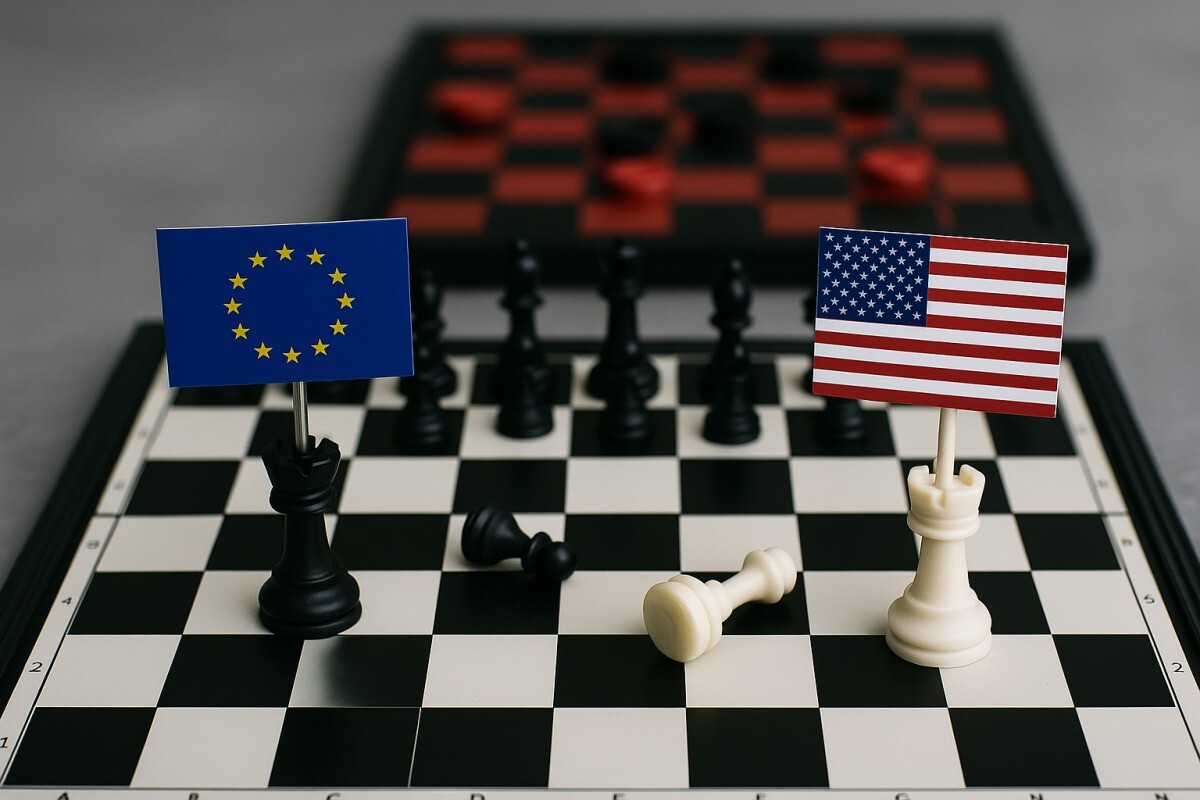

The European Union’s vaunted export engine is sputtering under the combined weight of tariffs, softer demand, and eroding competitiveness. June 2025 marked a dramatic turning point: according to ING’s latest analysis, the bloc’s seasonally adjusted trade surplus collapsed to just EUR 2.8 billion, down from EUR 15.6 billion in May. Eurostat’s official, unadjusted figures tell a similar story, showing the surplus narrowing to EUR 7.0 billion in June from EUR 20.7 billion a year earlier.

Image source: https://wjjh.blog/
The headline numbers mask an even more telling shift. Exports from the single currency area rose a negligible 0.4 per cent year-on-year to EUR 237.2 billion, while imports surged by nearly 7 per cent to EUR 230.2 billion. On a monthly basis, exports contracted by 2.4 per cent, while imports rose by over 3 per cent. The sudden reversal in trade balances is proof of how tariffs are already distorting flows at a time when the eurozone can least afford it.
A bite into key partners
The sharpest export losses came from Europe’s largest external markets. Shipments to the United States fell nearly 10 per cent year-on-year, while exports to China slumped 12 per cent. Trade with other high-growth destinations also faltered, with exports to India and Brazil down around 5 per cent, ING noted. These declines coincide with the escalation of tariff measures, particularly between the US and Europe, where disputes over metals, tech, and green subsidies have intensified in recent months.
The aluminium industry’s exposure is twofold. On one hand, Europe remains a net importer of primary aluminium, leaving it vulnerable to higher import bills as global suppliers raise prices or redirect flows. On the other, its downstream products and finished aluminium are heavily export-oriented, especially toward markets now tightening tariff walls.
Responses








